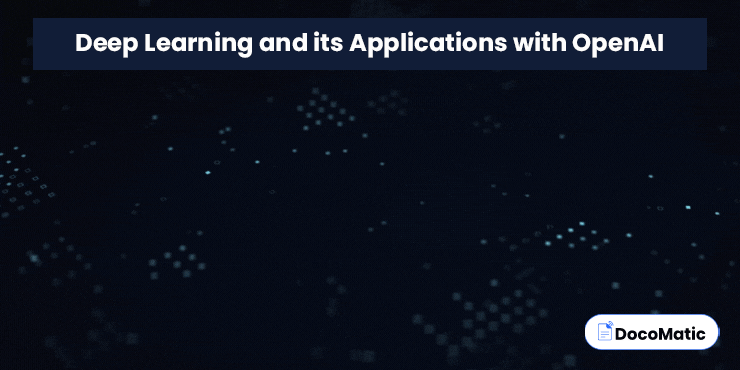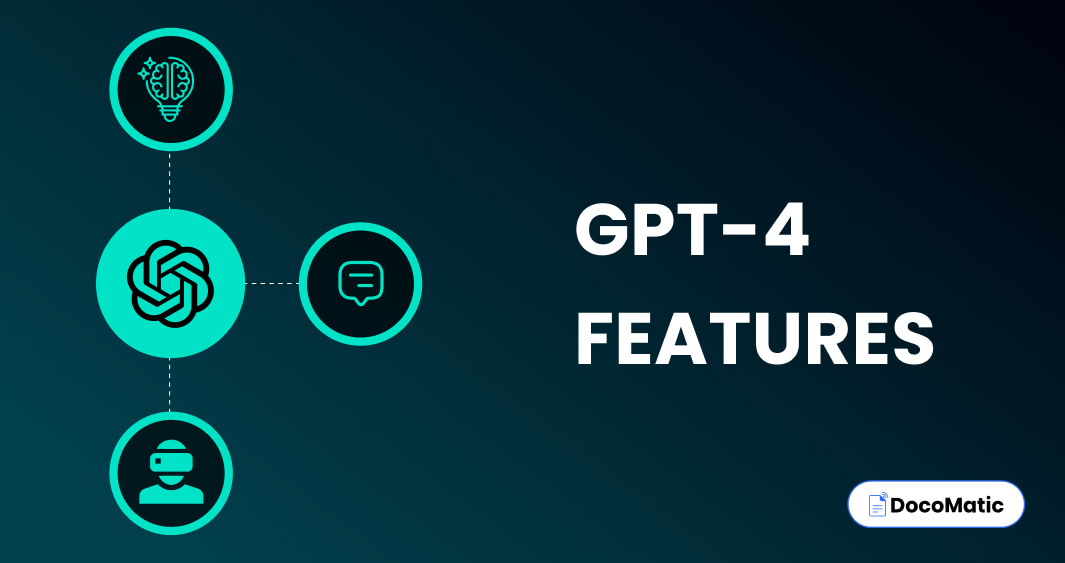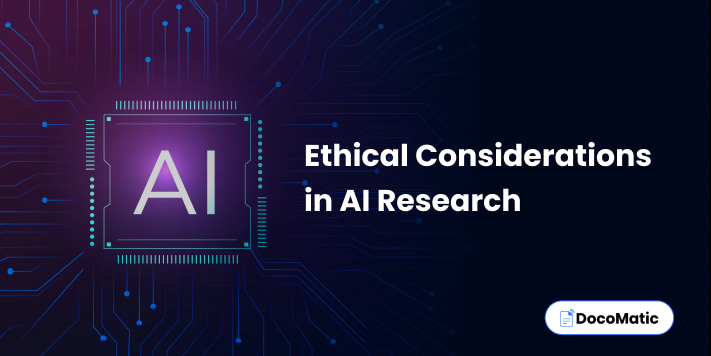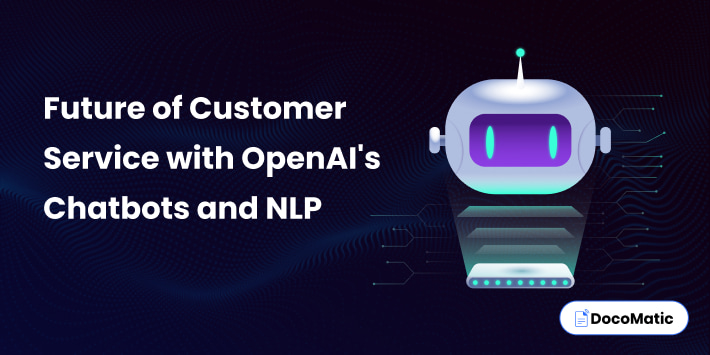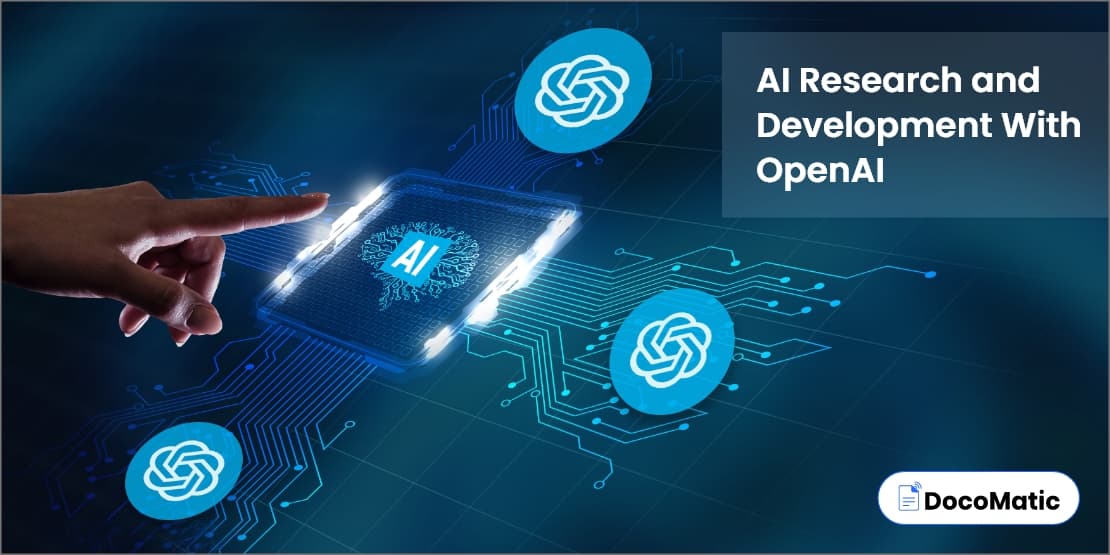One of the most revolutionary technologies of the twenty-first century is artificial intelligence (AI) which has an influence on practically every part of our life. The emergence of deep learning, however, has led to significant advancement in AI. It enables computers to learn and evolve independently, with minimum assistance from humans.
The global deep learning market is anticipated to develop at a CAGR of 51.1% during the projection period of 2022 to 2030 and is anticipated to reach a value of over USD 415 billion by 2030, according to an exclusive report by Acumen Research and Consulting. This astounding increase is proof that deep learning has the power to revolutionize a wide range of sectors, including healthcare, banking, and transportation.
We will thus examine deep learning, its applications with OpenAI, and how OpenAI is furthering deep learning research in this blog article.
Table of Content
- Understanding Deep Learning
- OpenAI’s Contribution to Deep Learning
- Applications of Deep Learning with OpenAI
- Different Deep Learning Techniques Used by OpenAI
- Advantages of Using OpenAI for Deep Learning Applications
- Challenges and Limitations of Deep Learning with OpenAI
- FAQs
- Concluding Thoughts on the Advancements in Deep Learning with OpenAI
Understanding Deep Learning
It can be effortlessly understood as a subset of machine learning, which mimics how the human brain functions using artificial neural networks. It entails teaching algorithms to identify patterns and make decisions centered on substantial datasets, enabling machines to learn and develop over time.
Deep learning algorithms, in contrast to conventional machine learning algorithms, can analyze complex data types including photos, videos, and speech, making them appropriate for a variety of applications.
OpenAI’s Contribution to Deep Learning
Dedicated to improving AI securely and advantageously, OpenAI is a research organization. Their contributions to the domain of deep learning technologies have been substantial, and they have created a number of cutting-edge deep and machine learning tools and algorithms
Generative Pre-trained Transformer 3 (GPT-3)
The creation of the Generative Pre-trained Transformer 3 (GPT-3) language model is among OpenAI’s most valuable contributions to the area of deep learning. The GPT-3 language model, which is built on artificial neural networks, has a remarkable capacity for generating text and complete sentences that resemble human speech.
It is helpful in applications like chatbots, virtual assistants, and machine translation since it can comprehend natural language.
Advanced Deep Learning Algorithms
Some sophisticated algorithms created by OpenAI include
- Proximal Policy Optimization (PPO): A reinforcement learning algorithm.
- VQ-VAE algorithm: An algorithm that is used to compress images.
These algorithms have been crucial in helping to solve challenging issues and increase the accuracy of deep learning models.
Deep Learning Tools and Libraries
OpenAI has helped to build a number of deep and machine learning tools and libraries, including
- TensorFlow
- PyTorch
The AI community has largely embraced deep learning tools because they make it simple for developers to create and train deep learning models.
Overall, OpenAI has made a significant contribution in pushing the limits of deep learning neural networks. They continue to be one of the leading organizations in the industry, and their research and development initiatives have opened the door for new deep-learning applications.
Applications of Deep Learning with OpenAI
Natural language processing (NLP), computer vision, robotics, and gaming are just a few of the industries where deep learning has a wide variety of applications. By utilizing the wide range of techniques mentioned here, it becomes easy to address challenging issues and create novel applications.
- Natural Language Processing (NLP)
NLP is a branch of AI that focuses on the use of natural language in communication between humans and machines. It involves tasks like sentiment analysis, text classification, and language translation.
- Computer Vision
Another area of AI that deals with the interpretation of visual input is computer vision. This comprises operations like object identification, image classification, and facial recognition.
- Robotics
The subject area of robotics is dedicated to the creation, maintenance, and usage of robots. Motion planning, object handling, and obstacle avoidance are some of the activities involved.
- Gaming
A branch of deep learning called “deep reinforcement learning” is concerned with training machines to make decisions in complicated, dynamic environments. It has several uses in gaming, as AI agents may develop superhuman-level gaming skills.
Different Deep Learning Techniques Used by OpenAI
- Supervised Learning
When it comes to supervised learning, labeled data is used to train the system for the purpose of predicting the results of new, unlabeled data.
Applications: Speech recognition, image classification, and natural language processing.
- Unsupervised Learning
In unsupervised learning, the algorithm does not require any type of explicit labeling and focuses on discovering structures and patterns in the data.
Applications: Anomaly detection, dimensionality reduction, and clustering.
- Reinforcement Learning
Reinforcement learning (RL) is a sort of machine learning in which an agent learns to make decisions by interacting with an environment and receiving rewards or penalties for its actions. Applications: Robotics, video games, and self-driving cars.
Advantages of Using OpenAI for Deep Learning Applications
In terms of deep learning research and development, OpenAI is a forerunner. The following are some advantages of utilizing OpenAI for deep learning applications:
- Access to state-of-the-art models: OpenAI has created some of the most cutting-edge deep learning models on the market right now, including GPT-3 and DALL-E. These models can carry out a variety of tasks since they have been trained on enormous volumes of training data.
- Simple APIs: OpenAI offers simple APIs that make it convenient for developers to easily incorporate deep learning models into their applications. Instead of designing new models from scratch, this can save a lot of time and work.
- Continuously improving models: OpenAI is always looking for ways to make its deep learning models better. So, developers stand to gain from continual upgrades and improvements to the models they employ.
- Opportunities for collaboration: The developer and research community at OpenAI is huge and active. This offers chances for networking, collaboration, and knowledge exchange.
- Support for open-source software: Many of OpenAI’s deep learning models and tools are accessible, and it supports open-source software. As a result, the deep learning community is now more accessible to developers, making it simpler for them to contribute.
Challenges and Limitations of Deep Learning with OpenAI
While utilizing OpenAI for deep learning applications have many benefits, there are certain downsides that should be taken into account.
- High computational power requirements: The enormous computing requirements necessary to adequately train models are one of the difficulties with deep learning using OpenAI. A lot of computing resources, such as strong processors and plenty of memory, are needed for deep learning models. This might make it challenging for businesses with low resources to use OpenAI to meet their goals.
- Ethical issues: Deep learning and OpenAI raise ethical issues, just like any sophisticated technology does. The possibility of bias in the data and models employed by deep learning algorithms is one of the key worries. These biases might result in unfair or discriminatory consequences if they are not carefully observed and managed.
- Lack of transparency: Concerns have also been raised about OpenAI’s lack of transparency in its operations and the data it utilizes to develop its algorithms. It may be challenging to completely comprehend the algorithms’ decision-making procedures and any potential biases in the models because of this lack of transparency.
FAQs
Deep learning is basically a subset of artificial intelligence that employs neural networks to evaluate and learn from massive amounts of data.
Anybody can use OpenAI’s resources and tools, regardless of their degree of deep learning expertise. However in order to utilize some of the more sophisticated tools and techniques efficiently, one might need deeper knowledge.
A number of businesses and fields, including healthcare, finance, retail, and transportation, employ deep learning. Speech recognition, picture and object recognition, natural language processing, and predictive analytics are a few examples of real-world applications.
Concluding Thoughts on the Advancements in Deep Learning with OpenAI
In conclusion, OpenAI is a well-known organization that has made a substantial contribution to the growth and development of deep neural networks.
OpenAI has been at the forefront of research and development in several deep learning fields, ranging from robotics to natural language processing. Modern models have been developed by OpenAI using supervised, unsupervised, and reinforcement learning techniques. These models have shown impressive outcomes.
However, deep learning neural network has its challenges and limitations, too, and further study is required to overcome them. The future of deep learning models with OpenAI seems bright given the quick advancement of technology and data.
The opportunities are unlimited, and there is a boundless possibility for invention and creativity. The foundation for a more promising future for AI has been laid by OpenAI’s commitment to enhancing deep learning models.
